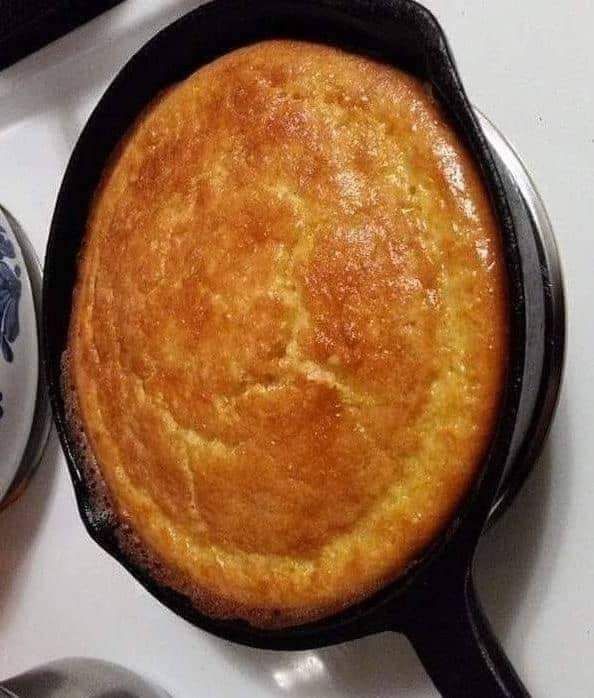Introduction
Buttermilk cornbread is a classic Southern comfort food, known for its moist, tender crumb and subtly tangy flavor. Unlike some cornbread recipes that lean towards sweet, buttermilk cornbread boasts a savory profile, making it a perfect accompaniment to chili, stews, barbecue, or simply enjoyed on its own with a pat of butter. This versatile bread is easy to make and requires ingredients you likely already have in your pantry. This article will guide you through making the perfect buttermilk cornbread, offering tips and tricks for achieving optimal texture and taste. Get ready to experience cornbread bliss!
Making the Perfect Buttermilk Cornbread
Choosing Your Cornmeal
The type of cornmeal you use significantly impacts the final product. Here’s a breakdown:
- Stone-ground cornmeal: Offers a coarser texture and more pronounced corn flavor. It retains more of the corn kernel’s nutrients and oils, resulting in a richer taste.
- Yellow cornmeal: The most common type, providing a classic cornbread color and flavor.
- White cornmeal: Offers a slightly sweeter and milder flavor compared to yellow cornmeal.
- Fine-ground cornmeal: Creates a smoother, more cake-like cornbread.
Experiment to find your favorite! For an authentic Southern cornbread, stone-ground cornmeal is highly recommended.
The Importance of Buttermilk
Buttermilk is the key ingredient that sets this cornbread apart. Its acidity tenderizes the gluten in the flour, resulting in a softer crumb. It also adds a subtle tang that complements the cornmeal’s flavor. If you don’t have buttermilk on hand, you can make a substitute:
- Add 1 tablespoon of lemon juice or white vinegar to a measuring cup.
- Fill the cup with milk until you reach 1 cup of liquid.
- Let it sit for 5-10 minutes to curdle slightly before using.
While this substitute works well, nothing truly replaces the distinct flavor of genuine buttermilk.
Achieving the Ideal Texture
The secret to perfect cornbread texture lies in the balance of wet and dry ingredients, and avoiding overmixing:
- Don’t overmix: Overmixing develops gluten, leading to a tough cornbread. Mix just until the ingredients are combined.
- Preheat your pan: A hot cast iron skillet is ideal. Preheating it in the oven ensures a crispy crust.
- Use melted butter or bacon grease: Adding melted butter or rendered bacon grease to the skillet before pouring in the batter adds richness and prevents sticking.
- Monitor baking time: Overbaking will result in dry cornbread. Check for doneness by inserting a toothpick into the center; it should come out clean or with a few moist crumbs.
Enhancing Flavor with Add-Ins
While classic buttermilk cornbread is delicious on its own, feel free to experiment with add-ins to customize the flavor:
- Jalapeños: Add diced jalapeños for a spicy kick.
- Cheese: Incorporate shredded cheddar or Monterey Jack cheese for a cheesy cornbread.
- Bacon: Crispy crumbled bacon adds smoky flavor and texture.
- Scallions: Finely chopped scallions offer a mild oniony flavor.
- Creamed corn: For an extra moist and sweet cornbread, stir in a can of creamed corn.
Conclusion
Buttermilk cornbread is a timeless recipe that is sure to impress. By understanding the nuances of ingredients and techniques, you can create a moist, flavorful, and satisfying cornbread every time. Whether you stick to the classic recipe or experiment with add-ins, this versatile bread is a welcome addition to any meal. So, preheat your oven, gather your ingredients, and get ready to enjoy the ultimate comfort food!
